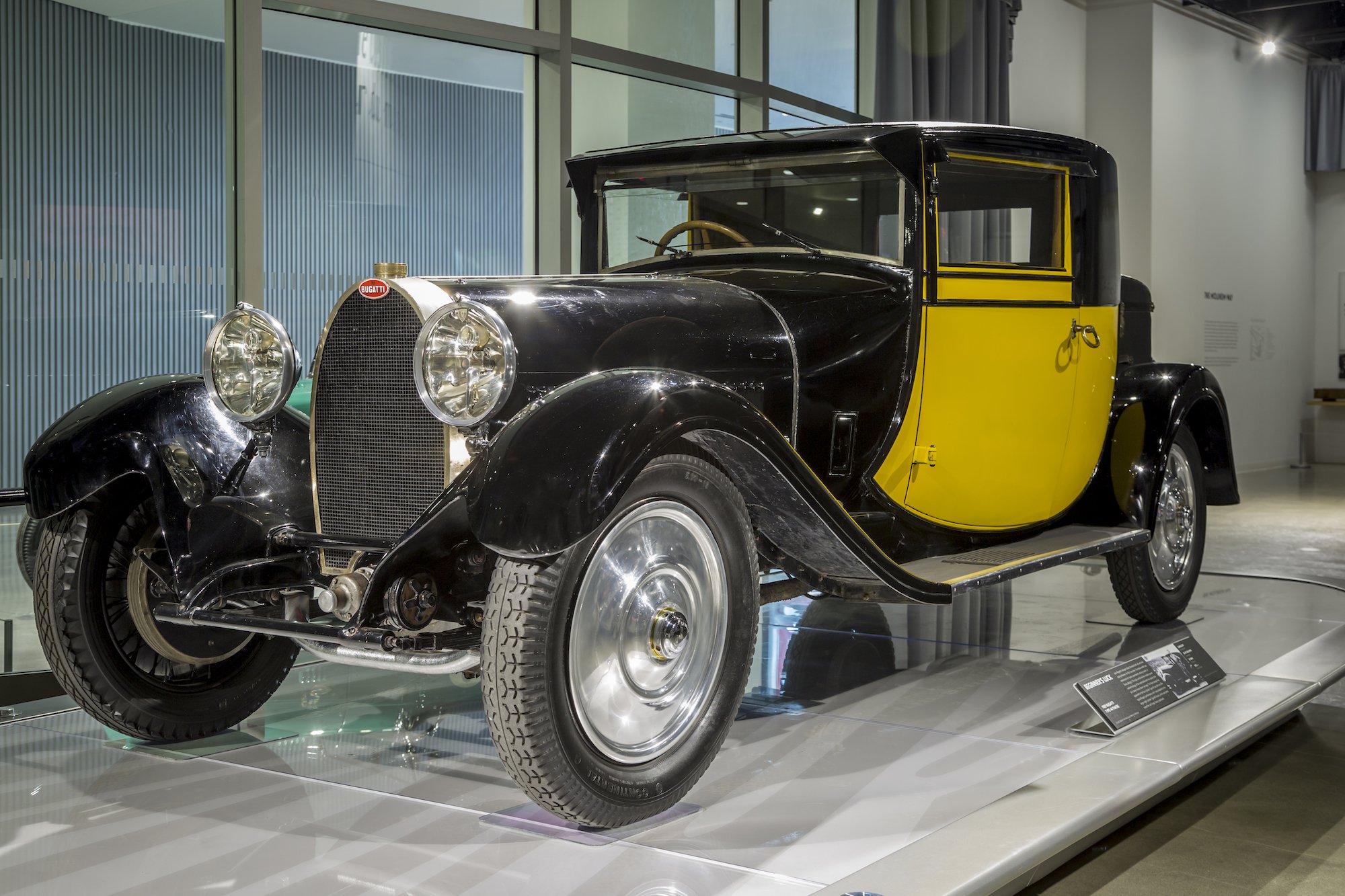1929 Bugatti Type 44 Fiacre

The descriptions of the Classic Cars in the Directory were partly generated or supplemented with the help of artificial intelligence (AI). The content may occasionally not always be entirely accurate or factually correct despite careful checking.
The Bugatti Type 44 Fiacre was introduced to the market in 1927 as a premium car model that showcased the company's reputation for technical excellence and design prowess. This robust and beautifully designed vehicle had a wheelbase of 3,134 mm and an overall length of 4,905 mm, which was slightly larger than its predecessors in the Bugatti Type 35 series.
Under the hood, the Bugatti Type 44 Fiacre was fitted with an advanced 2.8-litre straight-eight engine that could produce up to 80 brake horsepower at 4500 rpm. The engine was mated to a four-speed manual transmission system that allowed drivers to shift gears with ease. Furthermore, the car had a top speed of 90 mph, making it one of the fastest cars of its time.
The frame of the Bugatti Type 44 Fiacre was constructed using high-quality steel and featured a sturdy cross-brace on the front axle, which was mounted on semi-elliptic leaf springs. The rear axle was supported by long half-elliptic leaf springs, which absorbed shock and provided a smoother ride experience. Additionally, the car was equipped with a sophisticated braking system that consisted of hydraulically operated drums on all four wheels.
The Bugatti Type 44 Fiacre's exterior was a masterpiece of art and engineering, designed with an elegant and streamlined body that spoke to the car's luxuriousness. The body was made of a composite material featuring sleek lines and curves that enhanced its aerodynamics. The car's grille was oval-shaped, and the Bugatti emblem was displayed proudly in the center. The car's clad wheels had tightly fitted wire spokes, adding to the car's already impressive aesthetic appeal.
The interior of the Bugatti Type 44 Fiacre was equally impressive, featuring hand-stitched leather seats that comfortably accommodated up to four passengers. The dashboard instruments were clearly visible and easy to read, ensuring that drivers had access to all necessary information while on the road. Furthermore, the car's controls were positioned ergonomically, ensuring that drivers could adjust them with one hand while keeping their eyes on the road.
In conclusion, the Bugatti Type 44 Fiacre was a technical masterpiece that highlighted the Bugatti Company's commitment to quality and technical excellence. The car's advanced systems, sturdy frame, and streamlined body design all contributed to the car's remarkable performance and sheer elegance, making it a symbol of luxury, advancement, and style in the automobile world.
Milestones
- 1928: Bugatti Type 44 Fiacre first introduced at the Paris Auto Salon exhibition - 1929: First production models of the Type 44 Fiacre are released - 1929: Type 44 Fiacre wins the Le Mans 24-hour endurance race - 1930: Bugatti introduces the Type 44 Superprofile Fiacre with an increased horsepower and improved performance - 1931: Production of the Type 44 Fiacre comes to an end with a total of 1090 units produced - 1964: The Bugatti Type 44 Fiacre is featured at the Pebble Beach Concours d'Elegance, showcasing the vehicle's enduring legacy.Technical
- Engine: 2.9-liter straight-eight - Power output: 80 horsepower - Top speed: 90 mph - Transmission: four-speed manual - Suspension: front and rear solid axles with semi-elliptic leaf springs - Brakes: four-wheel drum brakes - Wheelbase: 3,000 mm - Weight: 1,130 kg - Fuel capacity: 90 liters - Body style: four-seat Fiacre touring car - Production years: 1927-1930 - Production numbers: 1,095 units